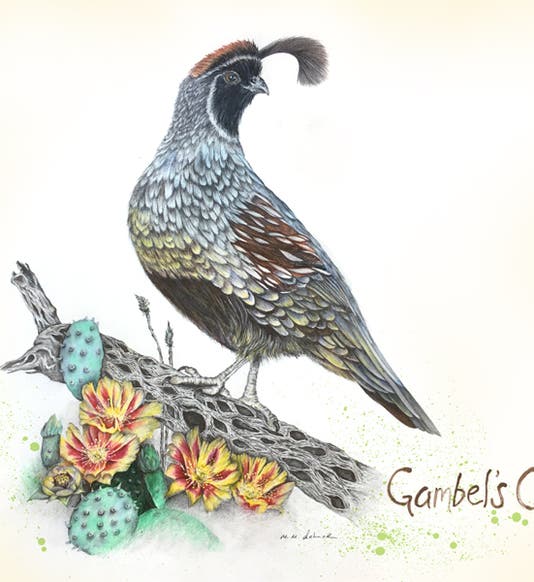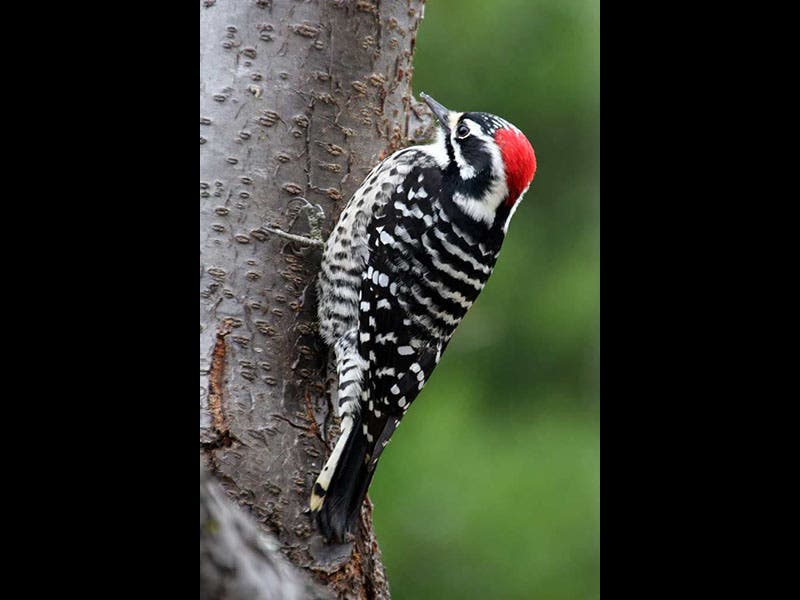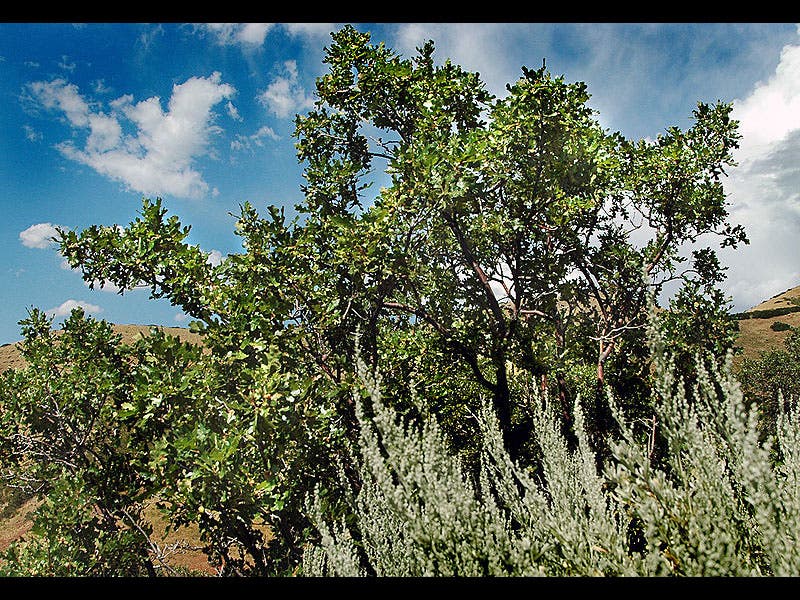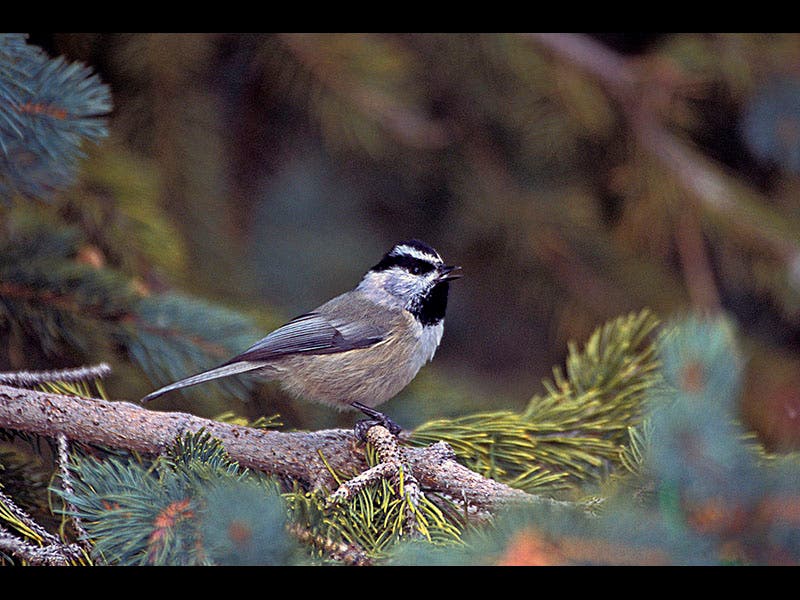Scientist of the Day - William Gambel
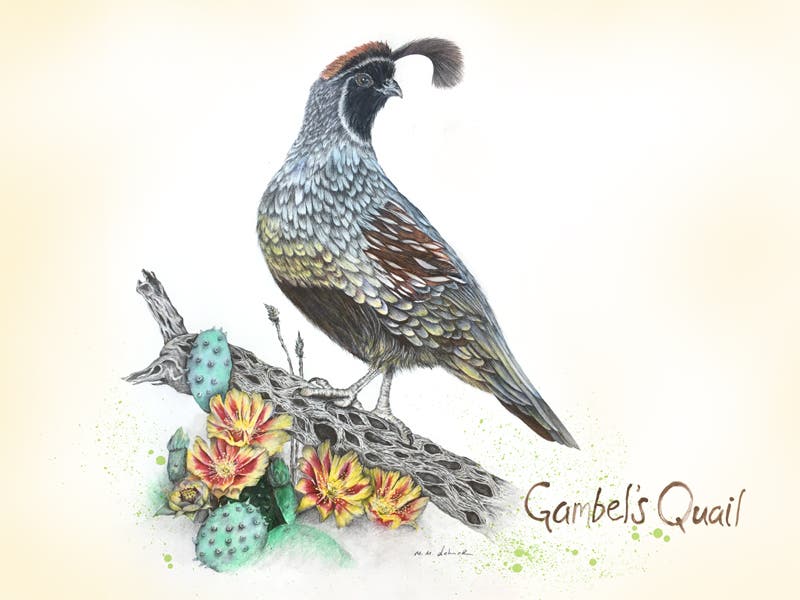
Melissa Dehner
William Gambel, an American naturalist, died Dec. 13, 1849; his date of birth is unknown. Gambel came from Philadelphia and for several years served as a field assistant to the well-respected Thomas Nuttall. Nuttall, an Englishman transplanted to Philadelphia, had been the first great naturalist explorer of California (and was our Scientist of the Day on Jan. 5, 2016), but by the time Gambel joined him, Nuttall was collecting only on the East Coast. Before Nuttall headed back to England in 1841, he persuaded Gambel to foray into the American Southwest, a region as yet unexplored by naturalists. For three years, Gambel collected plants, birds, and mammals in the area, and he became the first naturalist to cross the desert from Santa Fe to Los Angeles. He also spent considerable time in southern California. Like Nuttall before him, Gambel discovered a number of new species, the best known of which is Gambel's quail (first image). He also collected a new woodpecker, which he named Nuttall’s woodpecker in honor of his mentor (second image). And he sent back the type specimen of a new scrub oak to St. Louis, which Nuttall named the Gambel oak (third image).
When Gambel returned to Philadelphia in 1845, stay-at-home ornithologist John Cassin was tremendously excited at the treasures young Gambel brought back with him, adding impetus to Cassin’s project of publishing a book on the birds of California, which would finally appear in 1856. Gamble, however, did not live to see its publication. He decided to join the gold rush in 1849, kissed his new wife goodbye with a promise to send for her when he was settled, and made it as far as the Sierras, where he encountered a typhoid epidemic in a gold-miners camp and succumbed to the disease. He was 26 years old. Thirty-seven years later, the American ornithologist Robert Ridgway named the mountain chickadee Parus gambeli (now Poecile gambeli), in Gambel’s honor (fourth image).
Our Gambel's quail, posing on a cholla branch amidst some flowering prickly pear, is an original drawing by Melissa Dehner, the Library's staff artist and designer. This is the sixth eponymous bird image that Melissa has contributed to the Scientist of the Day column. You may see all six here. There will be many more, we hope.
Dr. William B. Ashworth, Jr., Consultant for the History of Science, Linda Hall Library and Associate Professor, Department of History, University of Missouri-Kansas City. Comments or corrections are welcome; please direct to ashworthw@umkc.edu.

